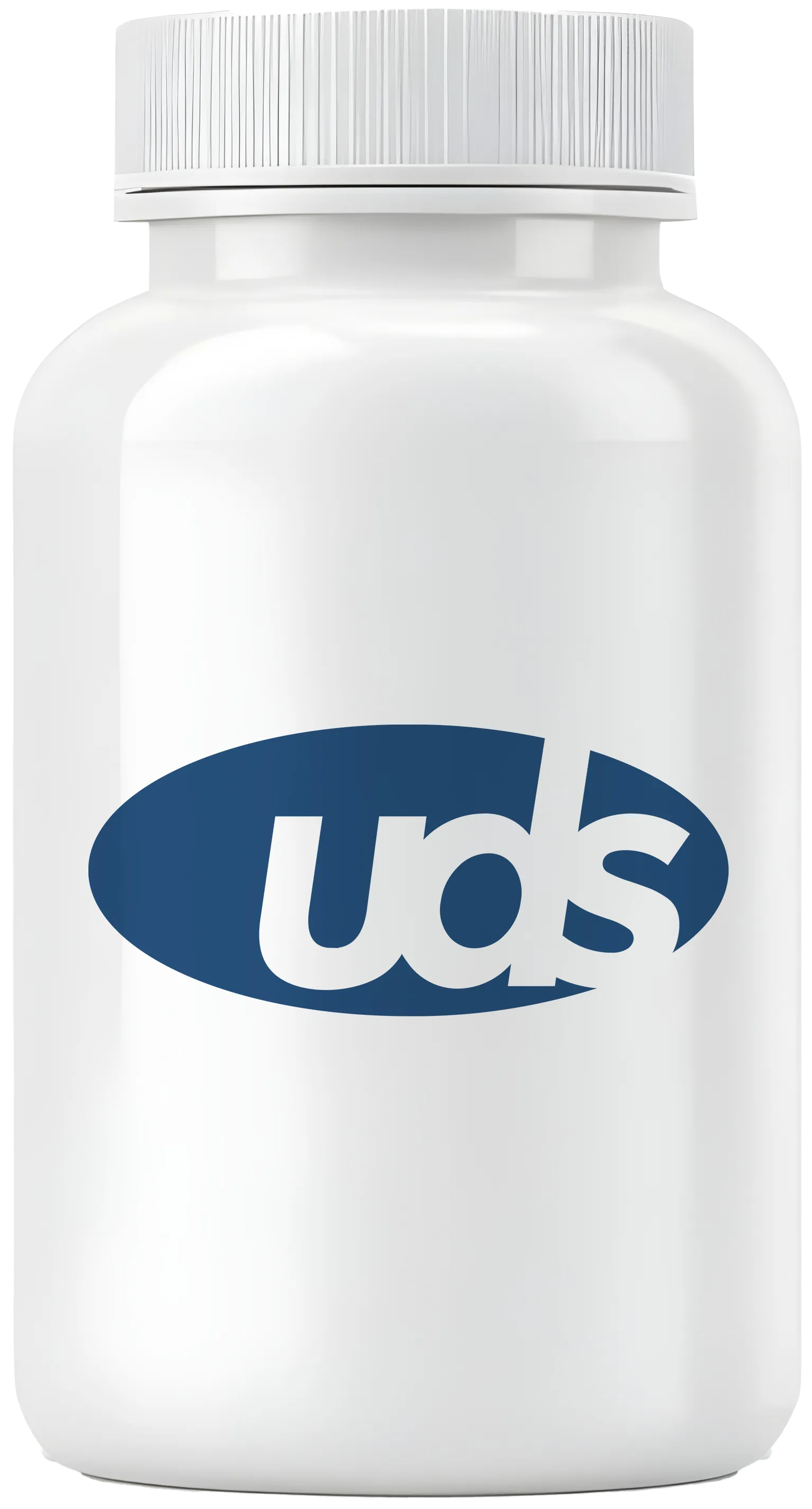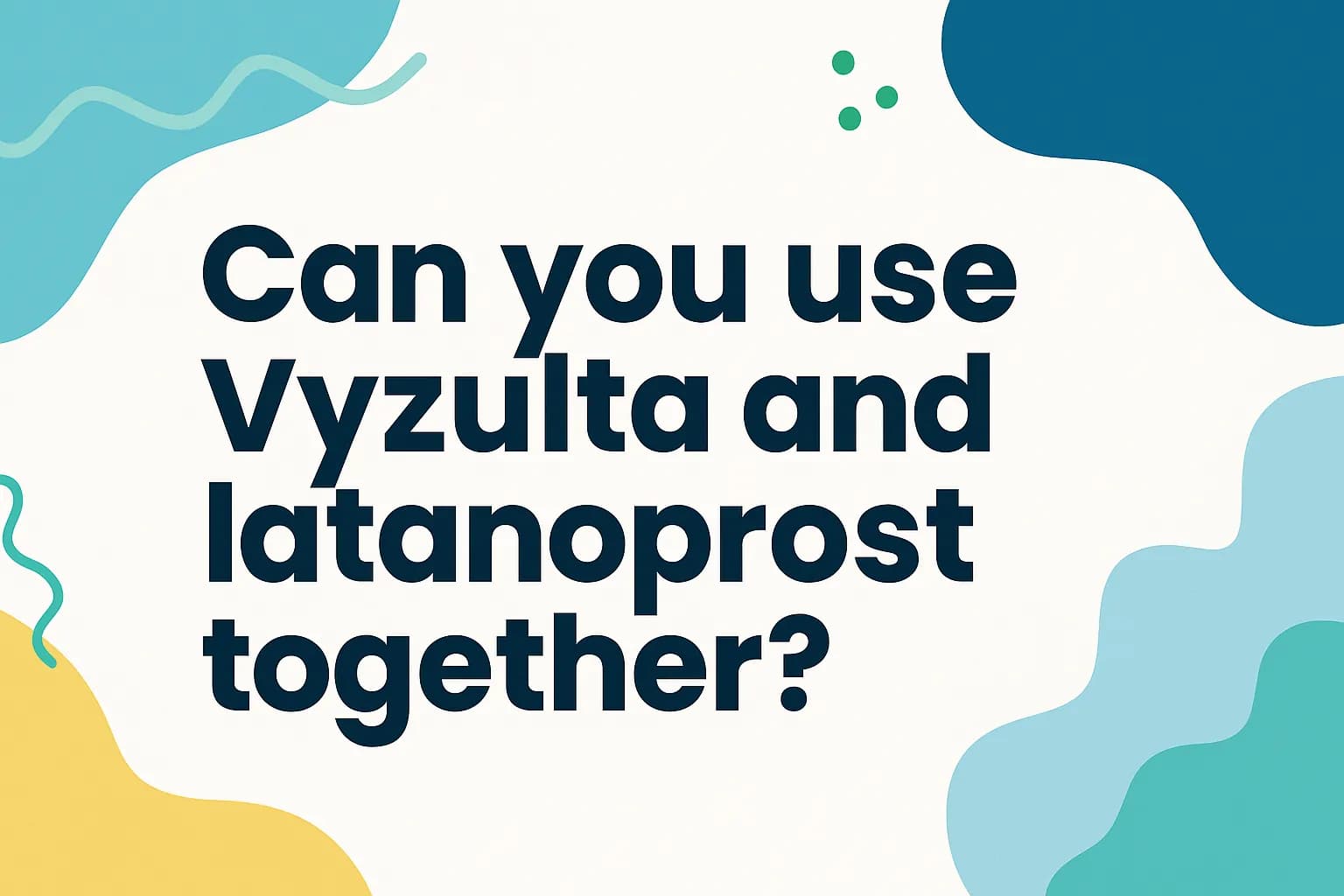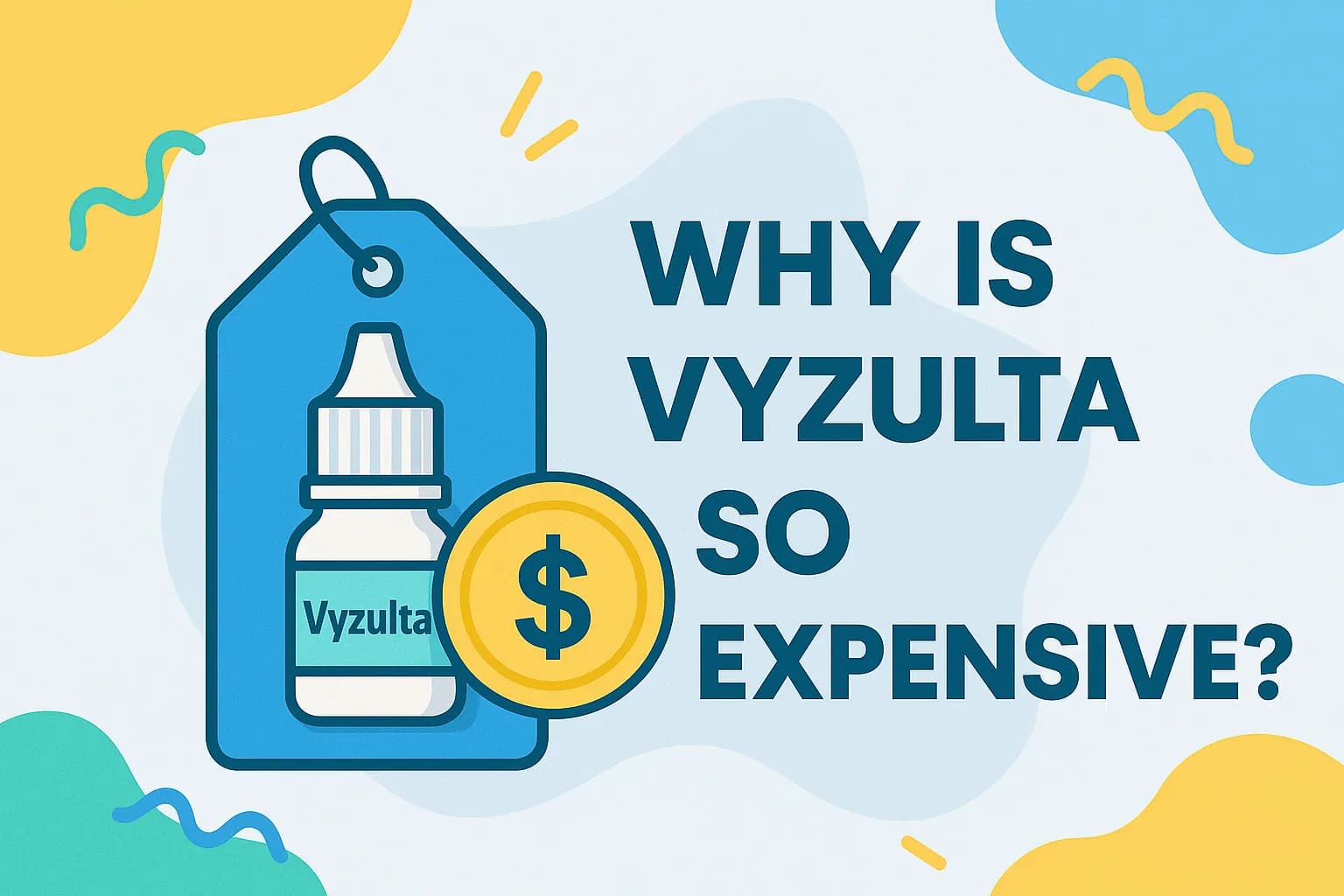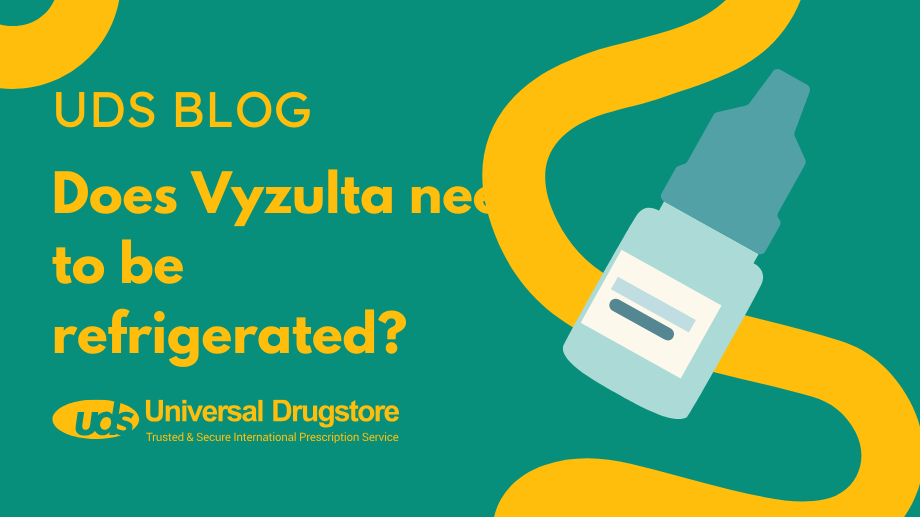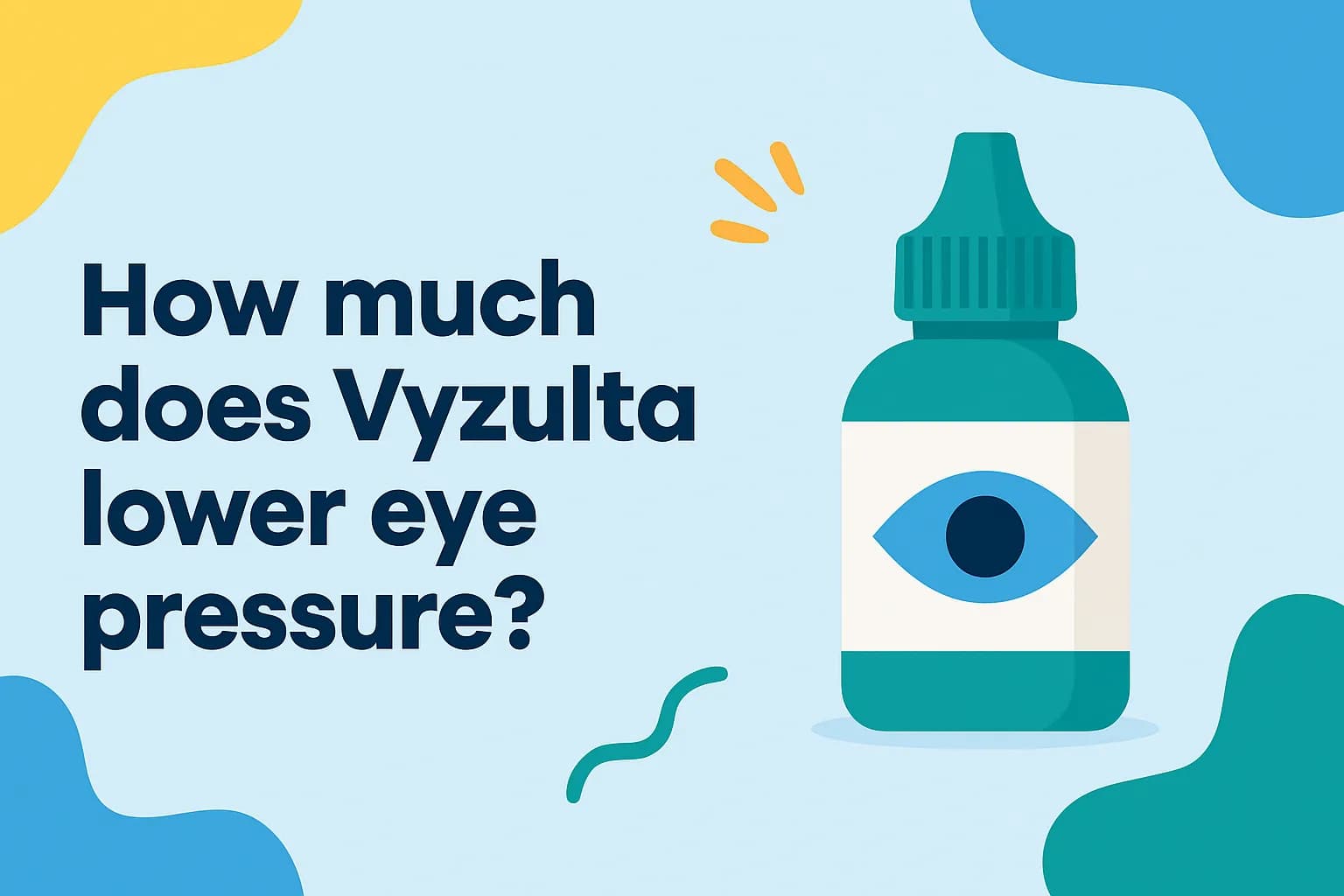Why is Vyzulta so expensive?

In recent years, the high cost of prescription medications has become a real concern for many Americans. One such medication is Vyzulta (latanoprostene bunod ophthalmic solution), a popular glaucoma treatment. Vyzulta is a relatively expensive brand-name medication that is used to treat open-angle glaucoma and ocular hypertension. These medical conditions can lead to vision loss if not treated properly.
The high cost of Vyzulta as well as many other brand-name drugs in the US is caused by a variety of factors. Research and development (R&D) expenses play an important role. Pharmaceutical companies invest significant resources into discovering and developing new drugs such as Vyzulta. The cost of this, as well as clinical trials and regulatory approvals, play a role in the price of medication. Also, unlike countries with centralized healthcare systems, such as Canada, the US uses a market-based model, in which pharmaceutical companies negotiate their prices with health insurance plans, pharmacy benefit managers (PBMs), and pharmacies. Negotiations often result in higher medication prices to cover rebates, discounts, and other related fees.
The Canadian government, however, takes a more proactive stance in negotiating drug prices, allowing patients to obtain medications at more affordable rates. This is attributed to a centralized healthcare system where the government has greater negotiating power, securing favorable pricing agreements. Because of this, even brand-name medications with no generic version are more affordable for a majority of citizens in other countries.
Vyzulta FAQs
What does Vyzulta treat?
Vyzulta (latanoprostene bunod) is a topical ophthalmic solution manufactured by Bausch & Lomb that is typically dosed as 1 drop in the affected eye(s) at night. It is a nitric oxide-donating prostaglandin analog that is FDA-approved for the reduction of intraocular pressure (IOP) in patients with primary open-angle glaucoma or ocular hypertension. Vyzulta is not recommended for children ages 16 and younger due to the potential for long-term effects.
How does Vyzulta work?
Vyzulta works to reduce intraocular pressure (IOP) by increasing the drainage of aqueous humor (fluid in your eye) from your eye through two pathways. Reducing fluid from your eye lowers your eye pressure which will help decrease your risk of vision loss from glaucoma.
What are the side effects of Vyzulta?
The most common side effects of Vyzulta in clinical trials include:
- Hyperemia (signs of blood in the lining of your eye)
- Eye irritation
- Eye pain
Some other possible side effects of Vyzulta include:
- Itchy eyes
- Blurred vision
- Feeling like there’s something in your eye
- Darker pigmentation of the iris (colored part of your eye) and eyelid
- Increase in length, thickness, or number of eyelashes
- Cornea inflammation (swelling and redness)
Vyzulta may also cause more serious side effects including:
- Serious allergic reactions, including:
- Hives
- Swelling of your throat and tongue
- Trouble breathing
- Eye inflammation and swelling
Vyzulta may cause swelling and redness in your eye. It can also cause macular edema or swelling of the macula (a part of the eye that is important for clear vision). You are more likely to experience this if you already have eye inflammation or if the lens of your eye is missing or damaged. Notify your healthcare provider right away if you notice eye discomfort or vision changes while using Vyzulta.
Bacterial infections
Eye drop bottles such as Vyzulta can cause eye infections (keratitis). These bacterial infections are more likely to occur if your bottle of Vyzulta gets contaminated. It is important to wash your hands before each use of your eye drop and to not touch the dropper tip with your hands, eyes, or any other surface. Let your healthcare provider know if you develop signs of an eye infection such as eye pain, vision changes, sensitivity to light, or eye discharge.
Shop Medications
These are not all of the possible adverse events of Vyzulta. You should always seek medical advice from your ophthalmologist or other healthcare professional for any questions or concerns about your medical condition or treatment. You should also read all the patient information, including your Medication Guide that comes with Vyzulta. You can report side effects to the FDA at 1-800-FDA-1088 or www.fda.gov/medwatch.
What precautions should be taken when using Vyzulta?
You should not use Vyzulta if you are allergic to latanoprost acid, butanediol mononitrate, or any of the inactive ingredients in this product. You should be sure your healthcare provider is aware of all your medical conditions as they may be contraindications or you may need increased monitoring during treatment, including if you:
- Wear contact lenses. Because this medication contains the preservative benzalkonium chloride, contact lenses should be removed before using Vyzulta and may be reinserted 15 minutes after administering it.
- Have a history of eye inflammation (iritis/uveitis).
- Have a history of macular edema or have risk factors for macular edema.
- Are pregnant or plan on becoming pregnant. It is not known what effects Vyzulta may have on your unborn baby.
- Are breastfeeding or plan on breastfeeding. It is not known if Vyzulta is found in breast milk or what effects it may have on your breastfed infant or the effects on milk production.
Does Vyzulta interact with other drugs you are taking?
When Vyzulta is taken with other prescription drugs, over-the-counter medications, vitamins, herbal products, and supplements, it may change how they work or increase the risk of side effects. Currently, there are no significant drug interactions listed for Vyzulta. However, be sure to tell your healthcare provider about all your current medications so they determine if they are safe to use together.
Is Vyzulta covered by insurance?
Around 52% of Medicare Part D plans cover Vyzulta. Your copay on this medication will depend on whether you have met your deductible and what coverage stage you are in.
For many glaucoma patients, the cost of Vyzulta can be a barrier to getting the medication if they do not have insurance coverage, a coupon, savings card, prescription discount card, or meet the eligibility criteria for a patient assistance program. If you have to pay full price for this medication, you can expect your out-of-pocket cost to be over $300 for a 5 ml bottle of Vyzulta. A generic version of latanoprostene bunod is not available. Generic drugs are generally cheaper than brand-name drugs, but you can still find Vyzulta savings at Universal Drugstore (UDS). Through our international partners, you can get the same 5 ml bottle of Vyzulta delivered to your door from UDS for around $70 with a valid prescription.
Is there a Vyzulta copay program?
Bausch & Lomb offers a savings card for eligible patients on Vyzulta. If you have commercial insurance and meet eligibility requirements, you may be able to get up to a 90-day supply (#3, 2.5 ml bottles) for as little as $25. This offer is only valid if Vyzulta is covered by your insurance and can only be used at Walgreens and participating independent pharmacies. At non-participating pharmacies, eligible commercial patients may pay as little as $35. You cannot use the savings card if you have any government, state, or federal-funded healthcare program such as Medicare, Medicare Part D, Medicare Advantage, Medicaid, Medigap, Department of Defense, TRICARE/CHAMPUS, VA, or any state prescription drug assistance program.
If you do not have insurance coverage or your insurance plan does not cover Vyzulta, you may get a 2.5 ml bottle for as little as $70 or a 5 ml bottle for as low as $100.
How much does Vyzulta cost?
Vyzulta’s price will depend on several factors, including your insurance plan’s formulary and which pharmacy you get the medication filled. On average, the full retail price for a 5 ml bottle of Vyzulta is over $300. If you cannot afford the price of Vyzulta, there are alternative medications that you may be able to use, a lot of which have generic versions available. Some alternatives include alpha-adrenergics such as Alphagan P (brimonidine), beta-blockers such as Timoptic-XE (timolol), or carbonic anhydrase inhibitors such as Trusopt (dorzolamide). It should be noted that these other medications will differ in the effectiveness and side effects of Vyzulta. Talk with your healthcare provider to see if one of these alternative glaucoma medications may be right for you.
Is latanoprost the same as Vyzulta?
Latanoprostene bunod, the active ingredient in Vyzulta, is a drug that is metabolized into latanoprost, and it also contains an ingredient that donates nitric oxide once the medication is in the eye. Because of this dual mechanism of action, clinical trials have shown that Vyzulta is more effective at lowering eye pressure than latanoprost. Side effects of Vyzulta are similar to those of latanoprost. Common side effects include eye redness, eyelash growth, eye irritation, and eye pain at the time of administering the medication.
Related Medications
- Rhopressa (netarsudil)
- Xalatan (latanoprost)
- Alphagan P (brimonidine)
- Lumigan (bimatoprost)
- Travatan Z (travoprost)
- Xalacom (latanoprost/timolol)
- Ganfort (bimatoprost/timolol)
- Zioptan (tafluprost)
Sources
- Medscape
- Vyzulta Prescribing Information
- PDR
- Vyzulta Coupon
- GoodRx
